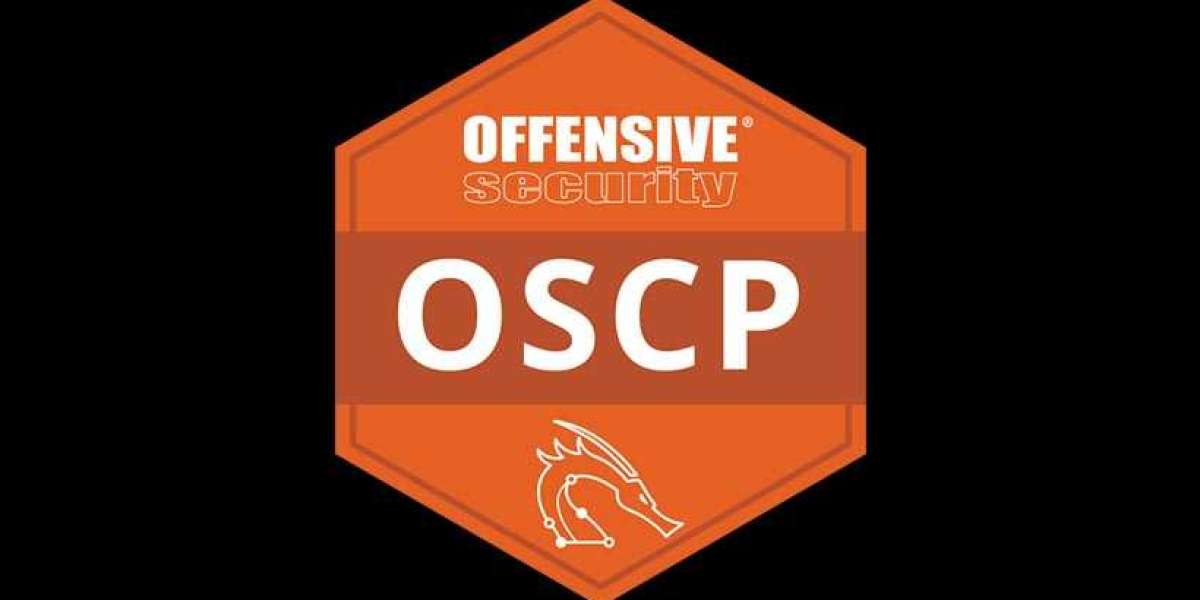Introduction:
1968 was a year marked by social unrest around the world, and one of the most tragic incidents unfolded in Mexico City during October. Known as the Tlatelolco Massacre, the event was a turning point in Mexican history, leaving a scar on the nation's collective memory. The peaceful student-led protests demanding political and social reforms took a violent turn when the government responded with armed force, resulting in a horrifying and bloody confrontation that shook the entire country.
On October 2, 1968, thousands of students gathered in Tlatelolco Square, located in the heart of Mexico City, to express their grievances and demand democratic reforms. The protesters, primarily young and idealistic university students, were part of the broader global movement that yearned for change. Their demands included an end to government corruption, media censorship, and repression of civil liberties.
The atmosphere in the square was charged with anticipation as impassioned speeches echoed through the crowd. The air vibrated with a mix of hope, anger, and determination. The students, armed with nothing more than their voices, signs, and banners, firmly believed that their peaceful demonstration would bring about the much-needed change in their society.
However, as dusk settled over the city, the demonstration took a disastrous turn. Without any warning, the Mexican military encircled the square, cutting off all escape routes. The peaceful atmosphere was instantly shattered when the first shots were fired. Chaos engulfed the square as protesters scattered in all directions, desperately seeking shelter from bullets and tear gas.
The response of the government forces was ruthless, as they fired indiscriminately into the crowd. The sound of gunfire and screams filled the night sky, creating a horrifying symphony of terror. Both students and innocent bystanders fell victim to the brutality, with casualties numbering in the hundreds, possibly even thousands. The full extent of the violence and the actual death toll has been a subject of ongoing debate and controversy.
yeezy 700 v3 adultsFollowing the massacre, the government swiftly imposed a media blackout, preventing the news of the event from reaching the public. It took years for the full story to emerge, and even today, many questions and doubts remain unanswered. The Tlatelolco Massacre had a profound impact on Mexican society and the political landscape, solidifying the government's grip on power while further galvanizing the opposition.
air jordan 11 legit checkIn the end, the Tlatelolco Massacre became a symbol of government repression and violence against peaceful protesters. It remains a painful reminder of the struggle for democracy and the sacrifices made by those who dared to demand change. The event serves as a poignant lesson for societies worldwide, reminding us of the importance of safeguarding the right to peaceful assembly and freedom of expression.
nike zoom pegasus outfit

